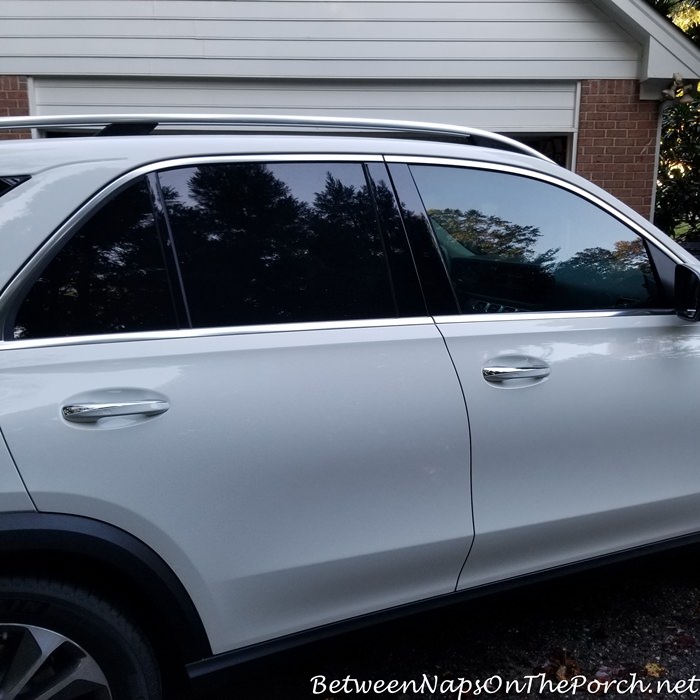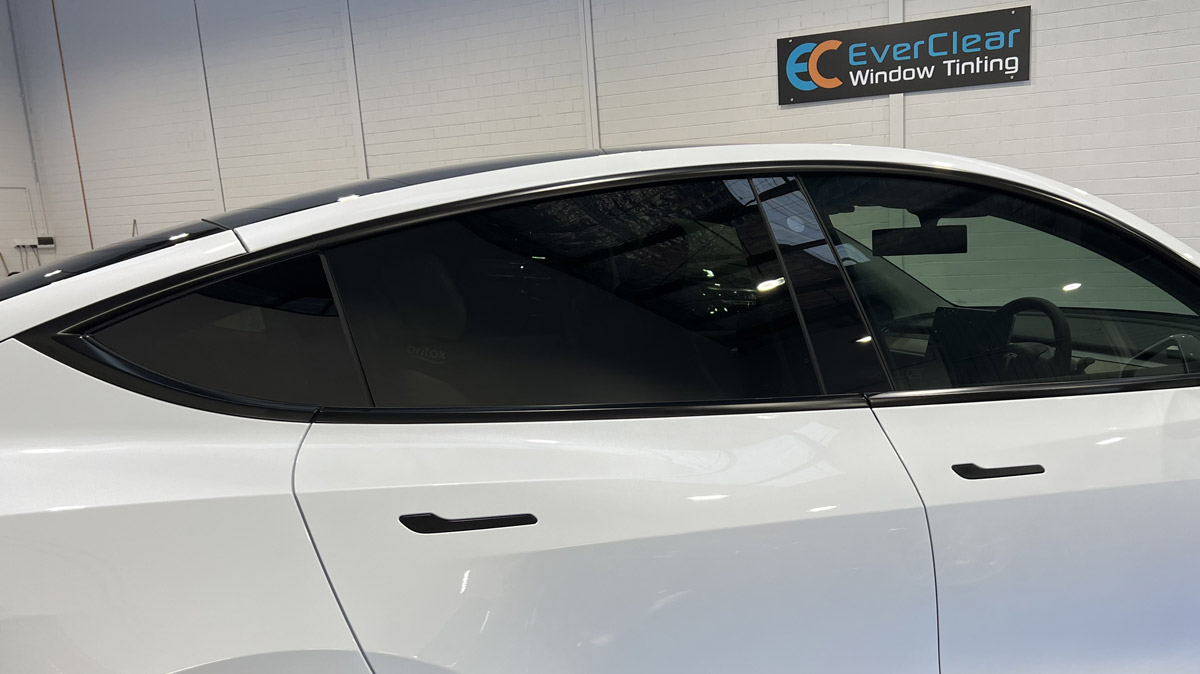Window Tinting for Homes: Improve Energy Efficiency and Privacy with Style
Window Tinting for Homes: Improve Energy Efficiency and Privacy with Style
Blog Article
Home Window Tinting Regulations: What You Need to Know Before Tinting Your Cars And Truck
Comprehending window tinting regulations is important for any kind of lorry proprietor considering tinting their vehicle. Regulations vary considerably from one state to another, establishing particular limits for Visible Light Transmission (VLT) portions, specifically for front-side home windows and windscreens. Failing to adhere to these legislations can result in penalties, the need to eliminate the color, and issues with insurance. As you contemplate boosting your lorry's appearance and capability, it is vital to grasp not just the legal ramifications yet additionally the useful factors to consider that come with choosing the best color. What elements should you focus on in your decision-making procedure?
Importance of Recognizing Color Laws
Understanding window tinting laws is crucial for car owners to make sure conformity with state regulations. These legislations determine the permitted levels of tint darkness and reflectivity, which can substantially differ from one territory to an additional. Falling short to abide by these regulations can result in fines, necessary elimination of the color, and possible complications throughout vehicle assessments.
Furthermore, understanding these laws helps vehicle proprietors make informed decisions concerning their tinting alternatives. Various sorts of window films provide numerous advantages, such as UV security, warmth denial, and glow reduction. Nevertheless, without knowledge of the lawful restrictions, automobile owners risk choosing items that might inevitably cause legal issues.
Furthermore, awareness of tinting regulations fosters a much safer driving environment. window tinting. Exceedingly dark colors can hinder exposure, increasing the risk of mishaps, especially during the night or in negative climate condition. Police additionally make use of these policies to guarantee roadway safety, making conformity not just a legal obligation but an individual duty
State-Specific Tint Rules
Each state in the U.S. has actually established its own details policies regarding window tinting, showing a diverse selection of requirements and needs. These regulations can vary significantly, affecting how vehicle owners come close to installation and compliance. Some states allow darker tints on rear windows while enforcing rigorous limitations on front-side windows.
Furthermore, laws typically define permitted color products and colors. Certain states restrict reflective colors altogether, while others may enable them to a restricted degree. In addition, some jurisdictions mandate that cars with colored home windows display a sticker suggesting compliance with state regulations, offering a clear recognition for legislation enforcement.
Enforcement of these legislations additionally differs; some states are extra aggressive, performing random checks, while others rely upon issues or noticeable offenses to initiate enforcement. Automobile proprietors must know that failure to adhere to state-specific tint policies can result in fines, necessary removal of prohibited colors, or both.

Legal Tint Percentages
Identifying the lawful tint percentages is crucial for vehicle owners looking for to adhere to state laws. Each state has particular legislations governing just how much light should go through the home windows of a vehicle, which is expressed as a percentage called Visible Light Transmission (VLT) This portion differs dramatically throughout states and can depend upon the sort of home window-- front side, rear side, and windscreen.
As an example, some states allow just 20% VLT on front side home windows, while others might permit approximately 50%. Windshield tinting is frequently more limited, with numerous territories allowing just a narrow band of color on top of the windshield. In comparison, rear home windows commonly have extra lenient guidelines, with some states permitting darker colors.
It is vital for car owners to acquaint themselves with their regional regulations to prevent possible legal issues. This consists of understanding how VLT is gauged, as it can differ based on the sort of home window film utilized. Remaining educated about these guidelines guarantees conformity and promotes secure driving problems for both the vehicle proprietor and others on the roadway.
Repercussions of Non-Compliance
Falling short to stick to home window tinting laws can cause substantial repercussions for car owners. The most prompt consequence is the potential for web traffic useful site stops and citations from legislation enforcement. Police officers trained to determine prohibited tint degrees might issue fines, which can vary by territory but typically range from modest to considerable amounts. Repeated infractions might bring about increased fines, including greater penalties or added factors on a motorist's certificate.

Insurance companies might also impose charges for non-compliance, as prohibited modifications can be deemed a violation of plan terms. This could influence insurance coverage rates or cause issues in check this insurance claims if an occurrence happens.
Eventually, the effects of non-compliance expand beyond immediate financial fines; they can influence a driver's insurance prices, legal standing, and total car worth, highlighting the importance of sticking to regional window tinting policies.
Tips for Deciding On Tinting Options
When choosing window tinting alternatives,Comprehending the effects of non-compliance highlights the importance of making educated choices. To start with, familiarize on your own with your state's certain regulations pertaining to tint darkness and reflectivity. Each state has special regulations that determine the permissible limitations, so ensure you stay within these guidelines to prevent fines.
Secondly, take into consideration the kind of tint product. Alternatives include colored, metalized, and ceramic colors, each offering varying degrees of warm rejection, UV protection, and resilience. As an example, ceramic colors offer exceptional warm resistance without hindering electronic gadgets, making them a preferred choice.
In addition, assess your primary function for tinting. If you look for boosted privacy, go with darker colors; however, keep in mind that this may impact presence at evening. On the other hand, if glow decrease and UV defense are your major concerns, lighter tints might be enough.
Finally, speak with a specialist installer that is educated concerning neighborhood guidelines and can advise high-quality materials his response suited to your needs (window tinting). Taking these factors right into account will guarantee you make a well-informed decision, ultimately enhancing both your automobile's aesthetic appeals and performance
Final Thought
In final thought, experience with window tinting legislations is vital before applying tint to a vehicle. Each state applies details laws relating to noticeable light transmission portions, especially for front-side windows and windshields. Non-compliance can cause considerable penalties, including penalties and necessary removal of non-conforming tint. By recognizing legal requirements and selecting ideal color materials, lorry proprietors can accomplish visual improvement while continuing to be compliant with relevant regulations. Adherence to these guidelines makes sure both safety and security and contentment.
Recognizing window tinting legislations is essential for any type of lorry owner thinking about tinting their auto.Understanding home window tinting regulations is critical for vehicle owners to make certain conformity with state policies. Some states enable darker colors on back windows while imposing stringent limitations on front-side home windows.
In comparison, rear windows usually have a lot more forgiving regulations, with some states permitting darker tints. (window tinting)
In final thought, experience with home window tinting regulations is essential prior to applying tint to a car.
Report this page